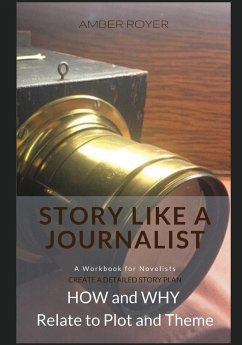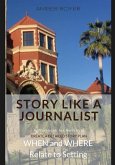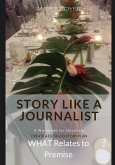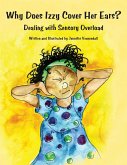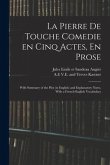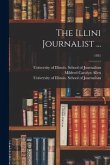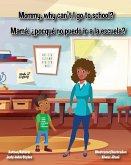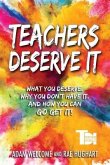Want to write novels that feel real enough to the reader to have been ripped from the headlines, whatever your genre? Think like a journalist. Journalists carefully consider HOW happened to figure out WHY it happened. Fiction writers need to do the same thing. For novelists HOW and WHY refer to plot and theme. Get ready to delve into the concepts of plot and theme. Whatever your characters are doing throughout the course of your story - whatever goals they're working towards - will change them. You want the impact of that change to be huge, right? In this workbook you will look at how to build a plot that reveals theme. You will graph your plot to refine a story that resonates. Instructional material covers scene level plotting, and how to weave scenes together to create a pattern that will lead to an artistic statement. This workbook serves as a full self-paced writing course, presenting theory on outlining a satisfying plot and using character arcs to illuminate theme - and then offering step-by-step worksheets that allow you to apply what you just learned to your own story. The instructional material is designed to give you a basic foundation in creative writing theory regarding the use of a variety of plot models, including genre-specific models for mystery, romance and horror. It also touches on try-fail cycles and the Hero's Journey so that you can create fiction with meaning using the information you add into the worksheets. Working through the entire HOW and WHY Relate to Plot and Themeb workbook will give you a detailed outline, including a plan for determining the number of scenes you need to write and how you will weave them together that you can pull from while writing. In short, you get a reference source for your world - and the expertise on how to use it. Approach intertwining plot and theme the same way a journalist approaches a memoir or biography. Delve into understanding how to pace the events in your story so that they build to a satisfying conclusion, and the reader achieves catharsis. Learn to uncover meaning by finding the universal in the specific structure, and using emotional beats to guide a reader through your story. Determine the theme you want to explore in your work and then use one of several plot models to design a coherent set of events that will highlight that theme. Use a beat sheet to make sure your plot's big moments all relate to answering your plot question. Determine how many subplots you need and which characters deserve to star in them. NOTE: The e-book version of this workbook links to printable versions of the worksheets. The page count is therefore different than the print book. Hemmingway worked as a newspaper journalist before he became a fiction writer. E.B. White did a stint at the New Yorker. L.M. Montgomery was a reporter in Halifax before tackling Anne of Green Gables. Margaret Mitchell got her start as a reporter for the Atlanta Journal Sunday Magazine. What these writers have in common: an excellent sense of character, and the ability to write clean prose that clearly puts forwards the characters' goals and motivations. This ability may well come from having mastered the journalistic art, which emphasizes creating a sound story that balances logic, research and emotional authenticity. Even if you're working in a purely creative world, you can still use
Bitte wählen Sie Ihr Anliegen aus.
Rechnungen
Retourenschein anfordern
Bestellstatus
Storno

